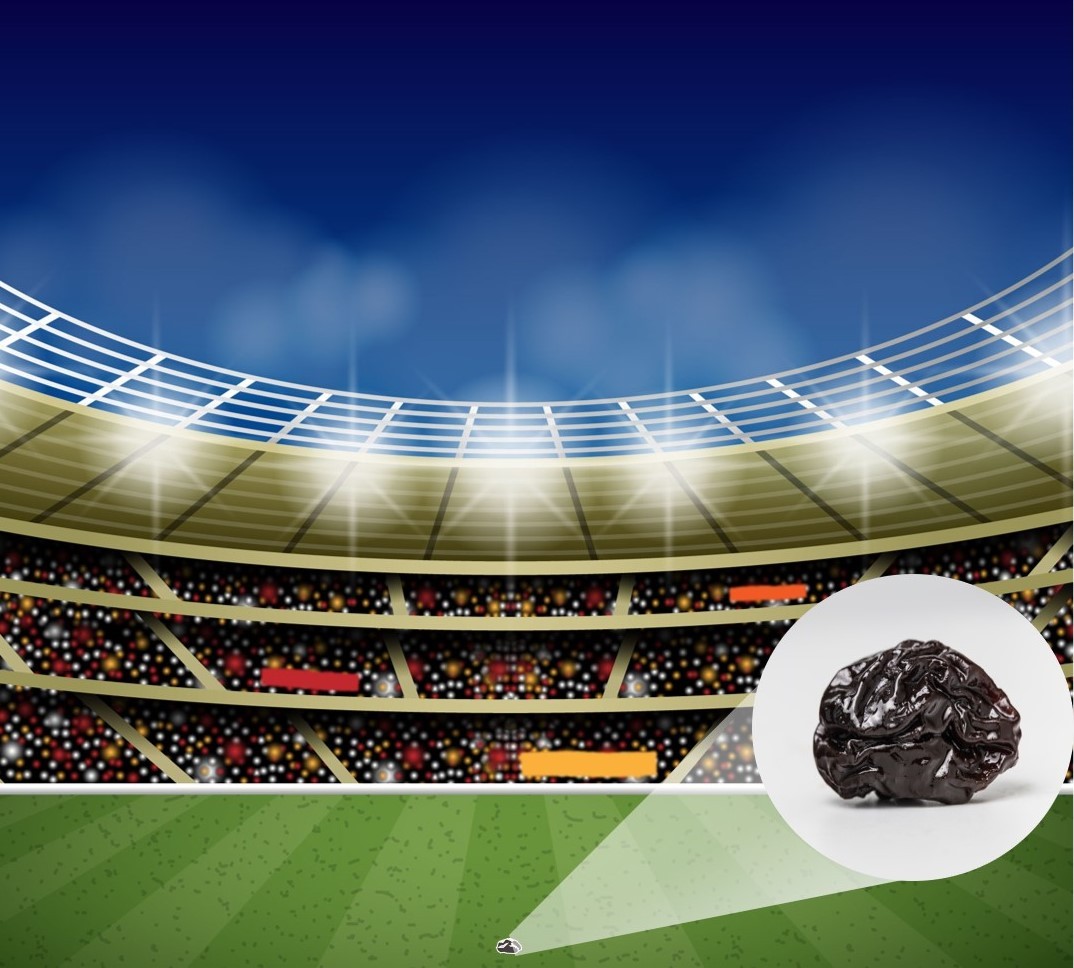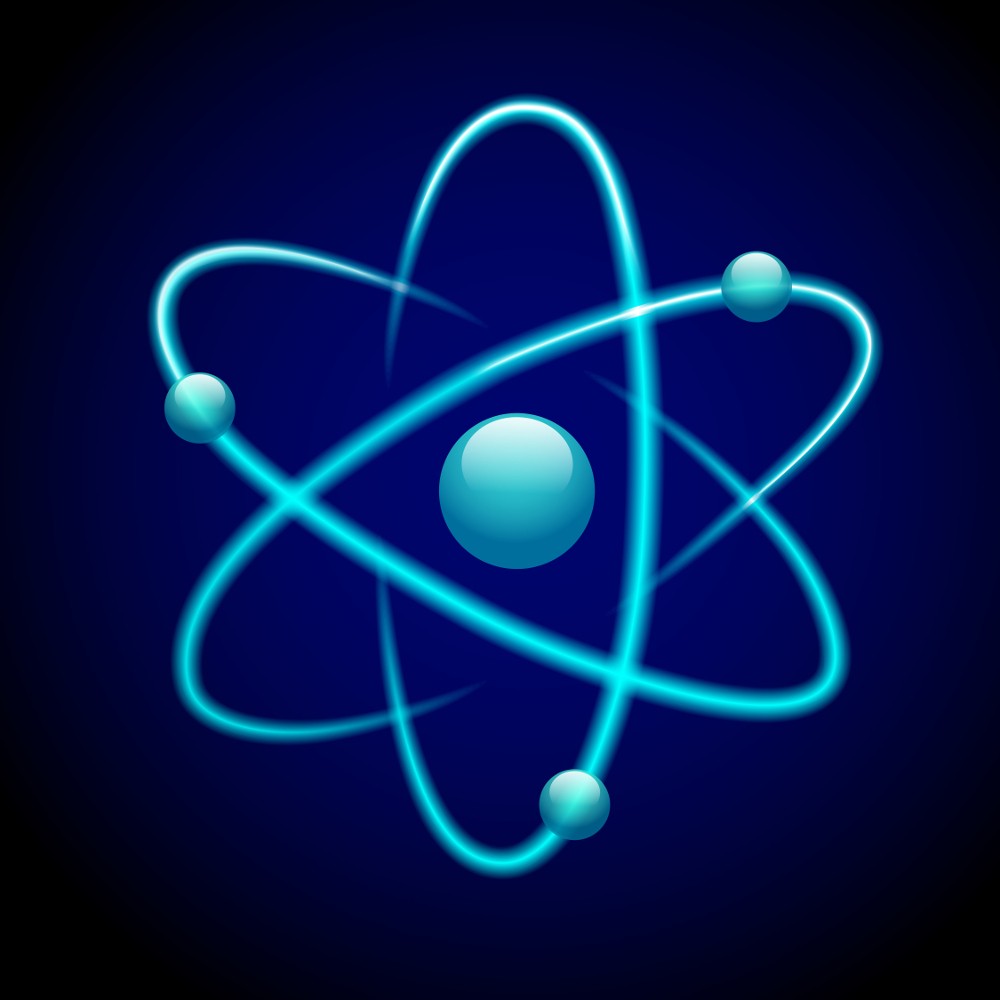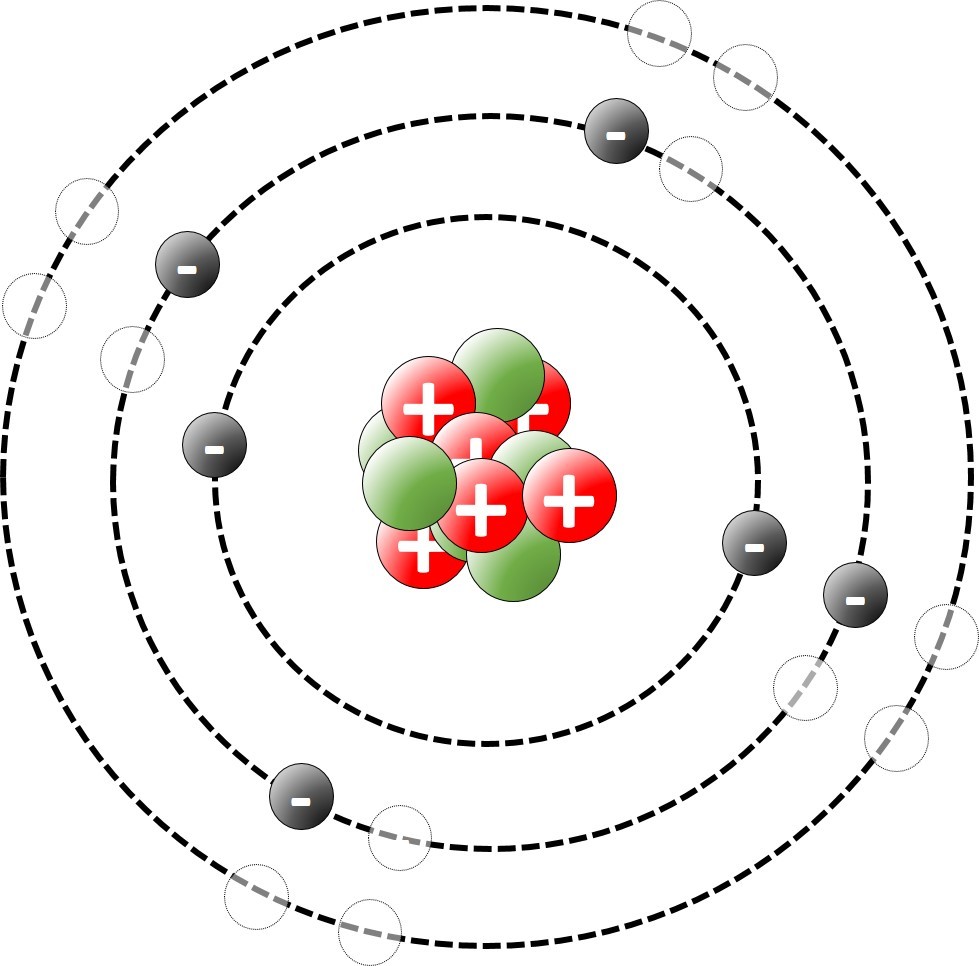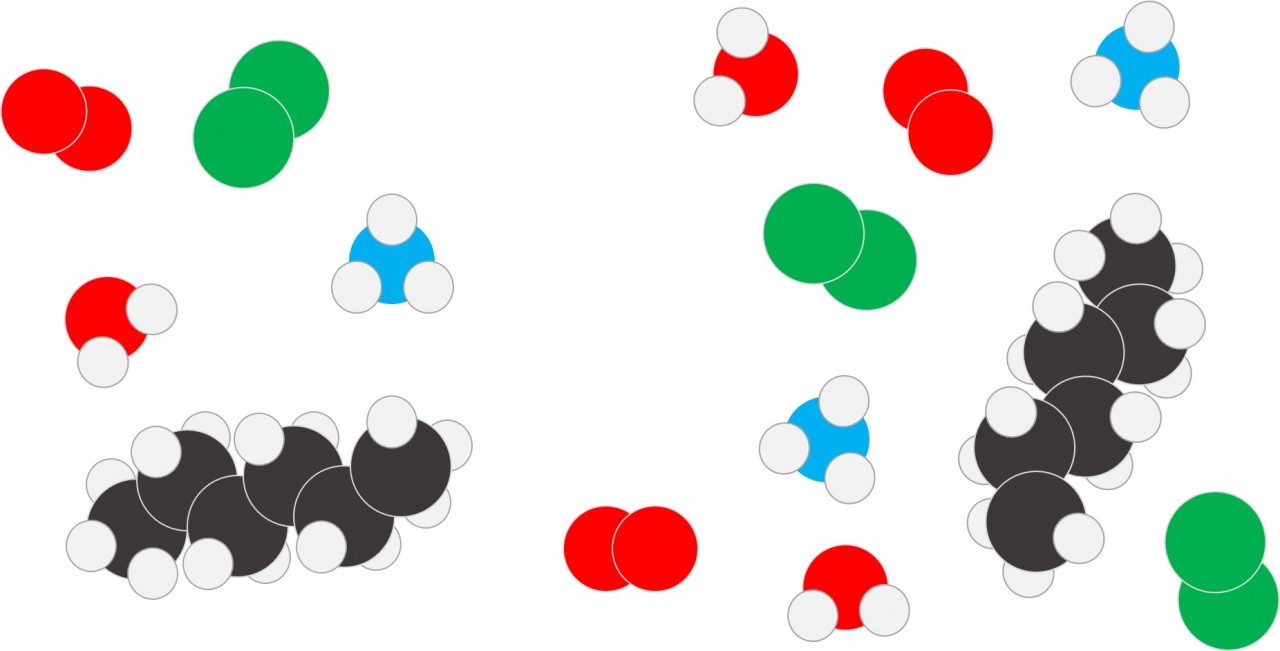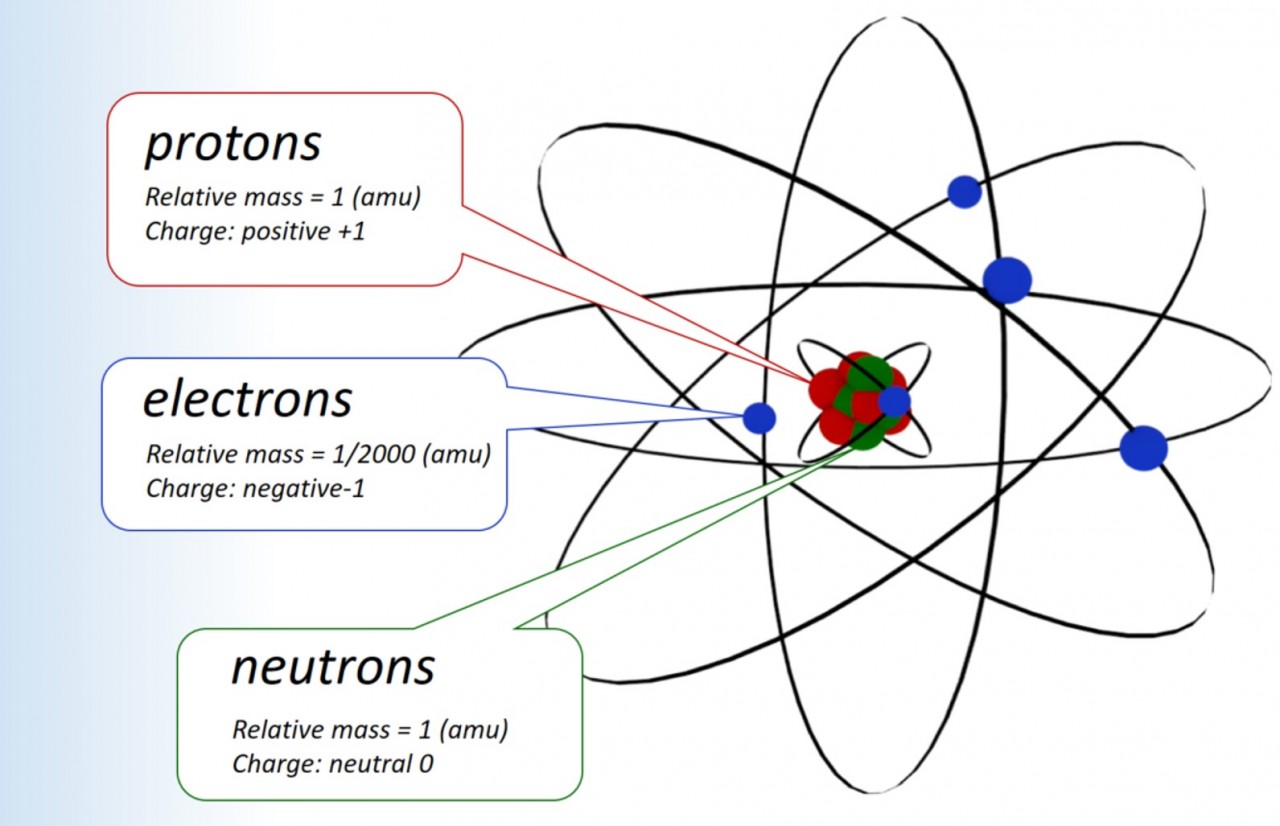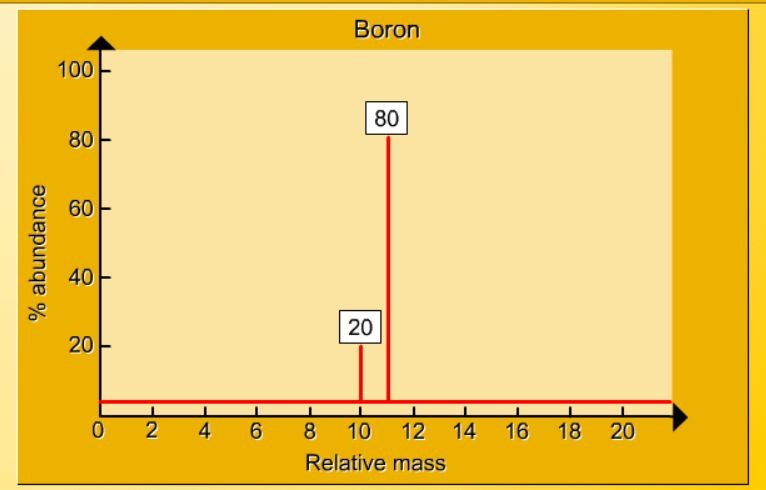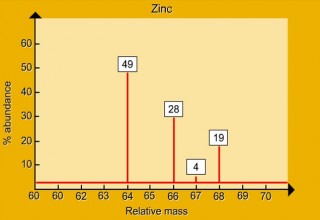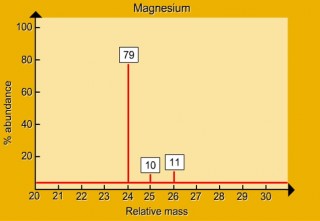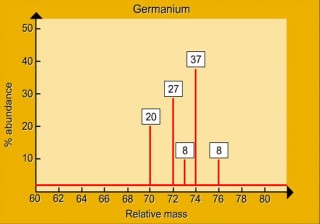1.14 - 1.17 Atomic structure
Atomic models
Atoms are the building blocks of matter. Atoms are the smallest possible particles into which an element can be subdivided, without changing its properties.
As building blocks, they can be thought of spheres.
However, to understand how and why atoms join up with one another, a more sophisticated model is needed..
The modern model of the atom suggests that virtually all of the mass of an atom is concentrated in the middle ( the nucleus). The nucleus is surrounded by electrons.
Inner space
The small size of atoms give scientists a problem when trying to see them. Conventional microscopes cannot resolve particles at an atomic scale.
This short video gives an outline of how modern science is beginning to reveal the atomic world to us in a visual way.
The technique outlined involves a nanoparticle of the element platinum. This is a particle which is a few nanometres in size.
The nanometre (symbol: nm) is a unit used to measure length . It is equal to one billionth of a metre (1 m / 1,000,000,000).
1.14 Visualising atoms
Students should:
1.14 know what is meant by the terms atom and molecule
1.15 know the structure of an atom in terms of the positions, relative masses and relative charges of sub-atomic particles
The modern model of the atom was developed early in the 20th Century.
Sometimes it is convenient to think of atoms as spheres. On other occasions we think of a model where the atom is made up of a nucleus surrounded by shells of electrons.
An orbital model of the atom shows electrons in orbit around the nucleus.
1.14 Modelling molecules
A molecule is a particle composed of more than one atom joined together by covalent bonds.
The atoms in a molecule might all be of the same element eg Hydrogen (H2) or Oxygen (O2) . When a molecule contains atoms of different elements it is a compound e.g. Water (H2O) or Methane (CH4).
The different colours are used to represent atoms of different elements:
| Red | Oxygen |
| White | Hydrogen |
| Blue | Nitrogen |
| Black | Carbon |
| Green | Chlorine |
1.15 Sub atomic particles
Students should:
1.15 know the structure of an atom in terms of the positions, relative masses and relative charges of sub-atomic particles
- protons are particles with a positive charge (+1) and a mass of 1 atomic mass unit (
amu ) . They are part of the nucleus of an atom. - The number of protons is given by the atomic number of an element.
- neutrons are particles with no charge and a mass of 1(
amu ) they are also part of the nucleus of an atom. - electrons are particles with a negative charge (-1 ) and a mass of 1/2000 of an
amu , they orbit the nucleus in shells.
1.15 Into orbit
This animation shows an atom of carbon, we know it is carbon because it has six protons shown in the nucleus.
The number of protons in the nucleus is given by the atomic number - ( also known as the proton number). You can find this on the periodic table.
The mass number of an atom is the total number of protons and neutrons. In this case, the nucleus has six neutrons and the atom therefore, has a mass number of 6 + 6 = 12.
Atoms with the same number of protons but a different number of neutrons can exist. These are known as isotopes of the element.
Carbon has three isotopes, Carbon 12, Carbon 13 and carbon 14. These are described in more detail in the next section:
1.16 Activity 1. Three types of carbon atom
Students should:
1.16 know what is meant by the terms atomic number, mass number, isotopes and relative atomic mass (Ar)
Use this presentation to explore the number and type of sub atomic particles which make up the three isotopes of carbon. Use the information to complete a copy of the table below:
| ISOTOPE | Carbon 12 | Carbon 13 | Carbon 14 |
| no. of protons | |||
| no of neutrons | |||
| no of electrons |
1.17 Activity 2. Calculating relative atomic mass.
Students should:
1.17 be able to calculate the relative atomic mass of an element (Ar) from isotopic abundances
Sorting by mass
A mass spectrometer is an instrument which can separate and sort the particles in a sample of an element according to their mass. The output from a mass spectrometer is known as a mass spectrum. For an element the mass spectrum tells us the percentage of each isotope which can be found in a naturally occurring sample. This data then allows us to calculate the relative atomic mass for the element under investigation.
The relative atomic mass of an element is an average value of the mass of the individual isotopes in a naturally occurring sample of the element.
Mass and abundance
The image shown here is a mass spectrum of the element boron. It shows the relative number of isotopes in a naturally occurring sample of the element.
We can calculate Ar values using this isotopic abundance data:
For Boron two isotopes exist, Boron 10 and Boron 11. The mass spectrum shows that 20% of boron atoms are Boron -10 and 80% are Boron -11.
The weighted mean is calculated as follows:
1.17 Activity 3. You do the Maths
- Look at the mass spectra for Zinc, Magnesium and Germanium and try to estimate the relative atomic mass for each element.
- Use the data on the mass spectra to calculate the relative atomic masses for those three elements.
Answers: Ar of Zinc, Ar of Germanium, Ar of Magnesium
